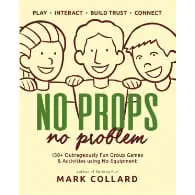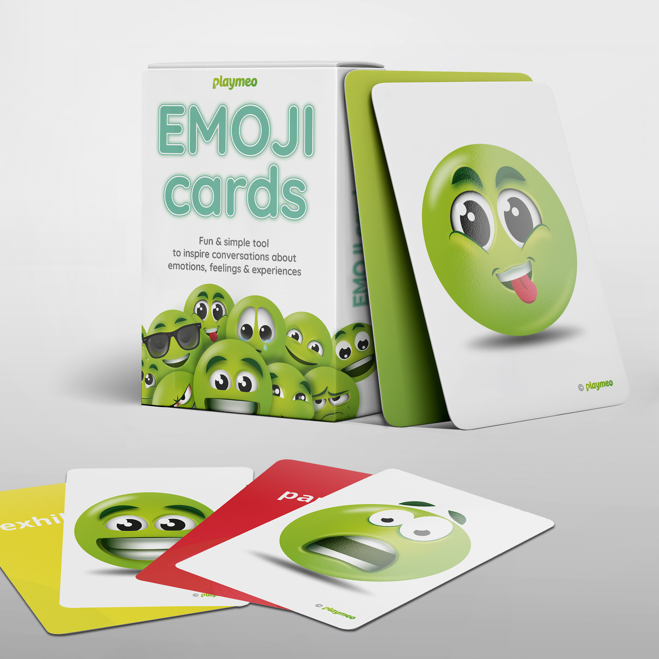If you use puzzles as part of your adventure-based programs, have you considered integrating team puzzle metaphors around the activity?
Metaphors are brilliant teaching tools, because they connect the learner to one or more real world experiences, which really helps them to anchor the learning.
For example, I frequently use the T-Puzzle team activity to illustrate the impact of our ‘teach to the test’ educational system. With only four pieces, everyone expects the T Puzzle to be simple to solve, but they frequently discover that it is much more difficult than it appears.
Why is this?
I incorporate the metaphor that the T represents the predominant approach of our westernised school system which focuses on teaching students what to think (ie teach to the test,) rather than how to think. As a result, when they attempt to solve the puzzle using two straight lines (ie what they were taught in school to create a T) they quickly struggle for a solution.
In the case of the T-Puzzle, (spoiler alert) you can only solve the problem by positioning one particular puzzle piece diagonally (as distinct from horizontal and vertical.)
And, metaphorically speaking, this approach can be really usefully applied to many other situations. Indeed, I led an intensive team-building program yesterday, and the client benefited enormously from referring back to what they learned from the T Puzzle many times (and applying it to new situations) in our later conversations.
Give metaphors a go. They are fun and very useful in helping your groups make sense of and anchor their learning.
And if you’re struggling to identify how you could integrate team puzzle metaphors into your program, drop me a line and I’d be more than happy to help you.













Original post July 2013, last updated May 2024.